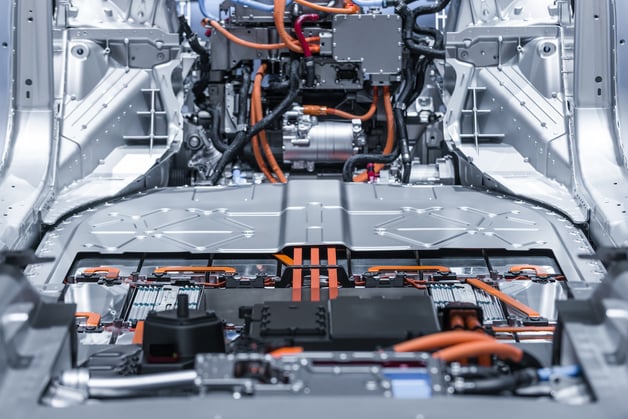Capacitors in Electric Vehicle Infrastructure
Episode 3 | Posted on Feb 13, 2024
In this episode, Brandon Peeler, the North America automotive key account manager at Knowles Precision Devices, discusses the role of capacitors in electric vehicle (EV) infrastructure. He explains the different levels of EV charging and how capacitors are used in filtering, snubbering, and resonant applications. Brandon emphasizes the importance of reducing board space and increasing performance in EV chargers, and highlights the role of ceramics in achieving these goals. He also shares insights into working with vehicle manufacturers and power module builders, as well as the potential for faster charging with higher voltage applications. The episode concludes with a funny story about misconceptions about capacitors.

Takeaways
- There are three levels of EV charging: level 1 (home charger), level 2 (240V charger), and level 3 (DC fast charger).
- Capacitors play a crucial role in EV chargers, providing filtering, snubbering, and resonant capabilities.
- Ceramic capacitors are often used in EV chargers due to their small size, high performance, and high reliability.
- Capacitors help reduce board space and increase performance in EV chargers, contributing to the development of faster and more efficient charging infrastructure.
- Working with vehicle manufacturers and power module builders is a mix of in-house development and collaboration with external companies.
- Higher voltage applications enable faster charging, with 800V and 2000V systems being used in some vehicles.
- Custom capacitor requests are common, and Knowles Precision Devices is open to developing specialized solutions.
- Misconceptions about capacitors, such as the association with flux capacitors from Back to the Future, are common
